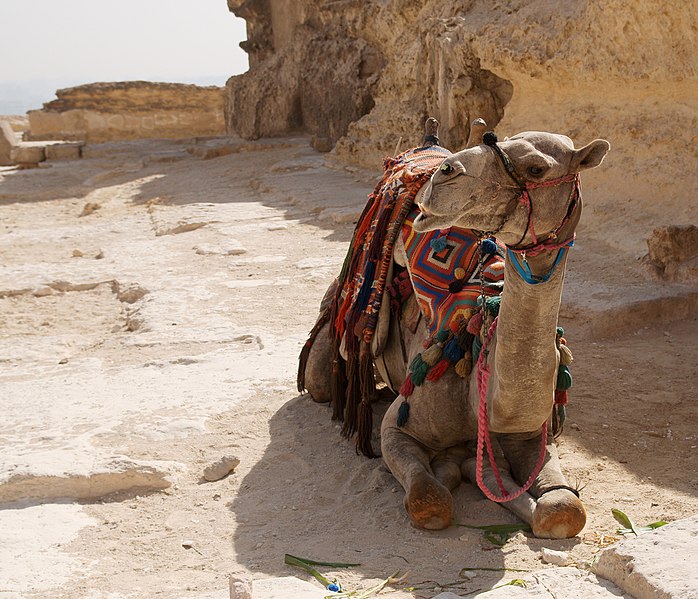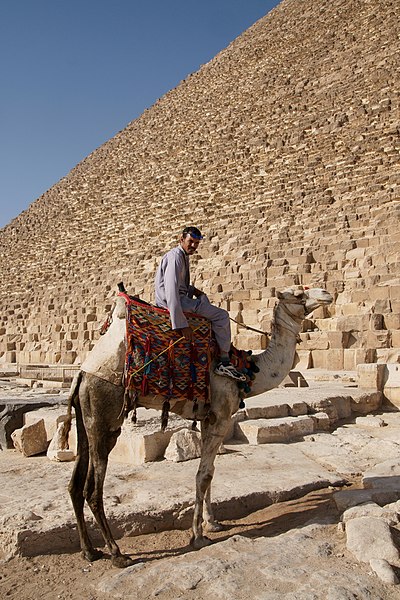Earth Watch Report - Biological Hazards

Image Source : Wikimedia.org
Author kallerna

Image Source : Wikimedia.org
Author kallerna
...
Lisa Schnirring | Staff Writer | CIDRAP News
Aug 08, 2013A WHO spokesman said the findings in camels provide clues, but the issue of how humans are being infected is still unresolved.
Researchers who conducted blood tests on animals from different regions found evidence that camels have been exposed to the Middle East respiratory syndrome coronavirus (MERS-CoV) or a very close relative, the outbreak's first strong clue about a possible animal reservoir.
Until now, the only animal clue has been from genetic sequencing studies, which suggested the virus came from bats. Though there are no reports that any of the patients had contact with bats, a man from the United Arab Emirates who was treated for his fatal infection in Germany had been exposed to a sick racing camel.
The investigators, mostly from the Netherlands and Germany, reported their findings today in The Lancet Infectious Diseases.
The first MERS-CoV illness was reported a year ago, and so far 94 cases and 46 deaths have been confirmed by the World Health Organization (WHO), all of them from or linked to Middle Eastern countries.
Human-to-human infections have been rare, and health officials suspect that an animal reservoir could be playing a yet unknown key role in the spread of the new virus.
The research team obtained 349 blood serum samples from livestock animals including dromedary camels, cows, sheep, goats, and other animals closely related to dromedaries. The animals were from different areas, including Oman, the Netherlands, Spain, and Chile.
They analyzed the blood samples for antibodies to MERS-CoV, other antibodies that react to SARS (severe acute respiratory syndrome) coronavirus, and HCoV-OC43, another strain of coronavirus that can infect humans and is related to a bovine form of the virus.
No cross-reactivity was seen between MERS-CoV antibodies and those for SARS or HCoV-OC43, and the team confirmed those findings with highly specific virus neutralization tests. Presence of MERS-CoV antibodies probably shows previous infection with MERS-CoV, or a closely related virus, the group reported.
No MERS-CoV antibodies were found in the blood of 160 animals from the Netherlands and Spain, but evidence of earlier exposure to the virus was found in all 50 samples taken from dromedary camels in Oman. Sampling in Oman involved camels from different parts of the country, suggesting that MERS-CoV or a close relative is circulating widely in the region's dromedary camels, the authors reported.
No antibodies were found in animals from the Netherlands and Chile that are closely related to dromedaries, such as Bactrian camels, alpacas, and llamas.
Lower levels of MERS-CoV antibodies were found in 14% (15) of samples taken from two herds of dromedaries from the Canary Islands, a Spanish island group located off the coast of mainland Africa that has not reported any human MERS-CoV cases.
The authors said in a journal press release that the dromedaries from Oman were positive more often and had much higher antibody MERS-CoV antibody levels than the ones from Spain. "The best way to explain this is that there is a MERS-CoV-like virus circulating in dromedary camels, but that the behavior of this virus in the Middle East is somehow different to that in Spain," they noted.
The findings suggest dromedary camels may be one reservoir for MERS-CoV and that their popularity in the Middle East, where they are used for racing, meat, and milk, presents a variety of contacts with humans that could lead to virus transmission, the investigators said in the press release.
Read More Here
Related articles












No comments:
Post a Comment
Hello and thank you for visiting my blog. Please share your thoughts and leave a comment :)